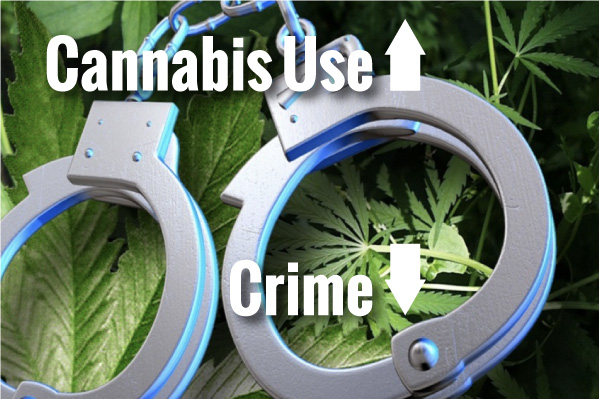Pressure on white people to acknowledge their collective racial guilt continues to grow. Various people in New World countries are agitating for their respective nations to have a day of remembrance for settler massacres or other colonial atrocities that took place in their nations. Suggestions like the one to ditch Columbus Day for Indigenous People’s Day in America or to mark a Parihaka Day in New Zealand are becoming more common. This essay suggests a more radical solution: that we institute a national White Guilt Day to take place once a year.
There is a large, and growing, ethnomasochistic sentiment in the modern West. Many leftist Westerners derive an almost sexual pleasure from heaping crap on other people on account of their supposed complicity in racial crimes – a kind of non-consensual symbolic salirophilia. Mostly this movement is driven by the same people whose sexual frustration morphs into other mass expressions of hatred, such as those behind alcohol, cannabis and speech prohibitions. Let’s acknowledge this, and agree to get it out of our systems with an orgiastic celebration of it once per year.
National White Guilt Day can be the day in which all white people are reminded of their collective racial guilt, which they carry on account of that white people are racist. On this day, all white people are to be reminded of their collective guilt in all of the crimes of slavery and colonialism, up to and including the Holocaust. Schools and government offices will have special ceremonies to mark the crimes of white people and how white people have failed to pull their weight in making a contribution to humanity.
It doesn’t matter if any white person’s ancestors also fought to stop those things. On White Guilt Day, white people will be told that their ancestors didn’t do enough. If you are white, you are guilty for slavery, even if you have ancestors who died opposing it. If you are white, you are guilty for colonisation, even if your ancestors brought prosperity, medicine and an end to tribal warfare to the places they settled. If you are white, you are guilty for the Holocaust, again even if you have ancestors who died opposing it, because they should have died sooner by opposing it harder.
On White Guilt Day, the white side of the narrative is not permitted to be heard.
No-one is permitted to mention that the life expectancy among Maoris is now forty years higher than it was pre-colonisation, or that the average Maori is five times wealthier than the average Tongan, whose nation was not colonised. No-one will be permitted to mention the proportion of Jews among the Bolshevik leaders who starved to death ten million people in the Ukraine. No-one will be permitted to mention the Musket Wars, or the the Holodomor, or Unit 731, or the fact that Black Americans commit murder at four times the rate of others, or any other atrocity that was or is being committed by non-white people.
On this day, the television will be forced to recount a litany of white crimes, perhaps going all the way back to Alexander. The narrative will leave listeners in no doubt that the white race has conducted a sustained campaign of hatred against all the other peoples of the world, who were purely innocent and lived non-violently in a state of harmony with all other living beings. All the evils in the world, on White Guilt Day, will be blamed on the scheming of the white race.
Perhaps we could even go as far as having street parades to mark particularly terrible acts of white evil. Willing white people can march in the street flagellating themselves with jumper cables, while onlookers pelt them with rotten eggs and excrement. Local churches will no doubt choose to march and be seen in such a parade. At the end of this day, all the people who worked themselves up into a saliromaniacal frenzy by going on about how evil white people are can go home and jerk themselves off, and then we can all continue as normal until next year.
Of course, White Guilt Day will have to take various forms based on the location. So as to not create resentment it will be necessary to minimise the free speech restrictions, so that no-one in America is allowed to mention that American slavery was stopped by white people, but people in other countries are. Likewise, Kiwis will not be allowed to mention that Parihaka was used as a base to conduct raids on nearby settlers, but people in other countries will be.
The most important objective is to have a day to signal to all humanity that white people are uniquely evil, among all the races of the world, on account of the unprecedented level of racism upon which all of their all-gotten gains have been made, and that all of their innovations and advancements would have been made by other races anyway so they deserve no credit. Then we can get all the resentment, envy and displaced class hatred out of our systems and spend the rest of the year being polite and normal.
*
If you enjoyed reading this essay, you can get a compilation of the Best VJMP Essays and Articles of 2017 from Amazon for Kindle or Amazon for CreateSpace (for international readers), or TradeMe (for Kiwis).




